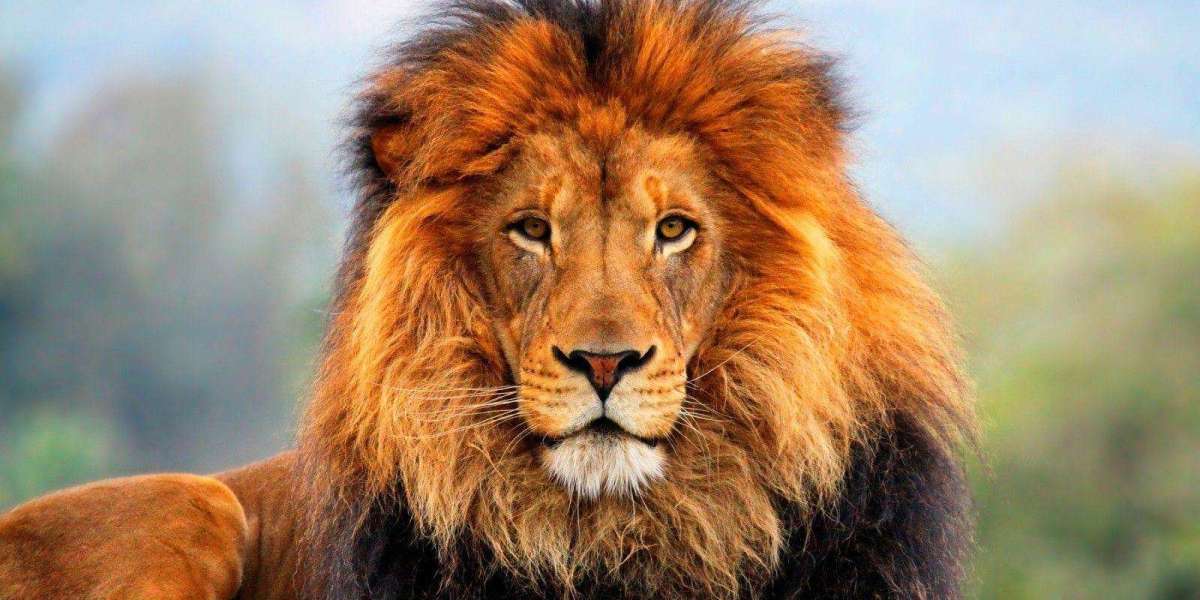Rajasthan, India’s largest state by area, is famed for its palaces, forts, and desert culture—but beneath its regal surface lies a vibrant wilderness teeming with life. Rajasthan Wildlife Tourism has emerged as a major draw for nature lovers, photographers, and adventure seekers, offering a rare blend of biodiversity, dramatic terrain, and cultural depth.
With over 20 wildlife sanctuaries and national parks, Rajasthan is home to Bengal tigers, leopards, sloth bears, blackbucks, crocodiles, and more than 400 bird species. Whether you’re cruising through Ranthambore’s ruins or spotting leopards in Jawai’s granite hills, every safari here is a story waiting to unfold.
? 1. Ranthambore National Park – Sawai Madhopur
Signature species: Bengal tiger, leopard, sloth bear, marsh crocodile
Landscape: Dry deciduous forest, lakes, and ancient forts
Safari options: Jeep and canter safaris (morning and evening)
Best time: October to June
Ranthambore is Rajasthan’s crown jewel of wildlife tourism. Set against the backdrop of the majestic Ranthambore Fort, it offers one of the best chances to spot tigers in the wild. The park’s ruins, lakes, and dense forest create a cinematic safari experience.
Recent developments include a new eco-luxury Taj resort by IHCL near the park, blending sustainability with high-end hospitality.
? 2. Jawai Leopard Reserve – Pali
Signature species: Leopard, hyena, crocodile, nilgai
Landscape: Rocky hills, scrub forest, Jawai dam
Safari style: Private jeep safaris with local trackers
Best time: October to March
Jawai is a rising star in Rajasthan’s wildlife map. Known for its high leopard density and dramatic terrain, it offers intimate wildlife encounters. Luxury tented camps and community-led conservation make it a model for sustainable tourism.
? 3. Keoladeo National Park – Bharatpur
Signature species: Painted stork, pelican, Siberian crane (seasonal)
Landscape: Wetlands, grasslands, and woodlands
Activities: Birdwatching, cycling, rickshaw tours
Best time: November to February
A UNESCO World Heritage Site, Keoladeo is a paradise for birdwatchers. Once a royal duck hunting ground, it now hosts thousands of migratory birds each winter. The park’s shallow wetlands and guided tours make it ideal for families and photographers.
? 4. Sariska Tiger Reserve – Alwar
Signature species: Tiger, leopard, hyena, wild boar
Landscape: Aravalli hills, dry forest, grasslands
Safari options: Jeep safaris, temple visits
Best time: October to June
Sariska is known for its successful tiger reintroduction program. The reserve also includes historical sites like Kankwari Fort and Pandupol Temple, blending wildlife with heritage. It’s a quieter alternative to Ranthambore, ideal for weekend getaways from Delhi.
? 5. Desert National Park – Jaisalmer
Signature species: Great Indian bustard, desert fox, chinkara
Landscape: Sand dunes, salt flats, rocky outcrops
Activities: Camel safaris, birdwatching, eco-tours
Best time: October to March
This park showcases the fragile beauty of the Thar desert. It’s one of the last strongholds of the critically endangered Great Indian Bustard. Visitors can combine wildlife exploration with cultural experiences in Jaisalmer.
?️ 6. Mount Abu Wildlife Sanctuary
Signature species: Sloth bear, Indian civet, langur, porcupine
Landscape: Evergreen forest, bamboo groves, hill terrain
Activities: Trekking, nature walks, birdwatching
Best time: October to March
Located in the Aravalli hills, this sanctuary offers a cool retreat with rich biodiversity. It’s ideal for nature lovers seeking a peaceful escape with scenic trails and spiritual sites.
? Other Notable Sanctuaries
Gajner Wildlife Sanctuary (Bikaner): Home to blackbuck, wild boar, and migratory birds
Band Baretha (Bharatpur): Historic wetland reserve with rich birdlife
Tal Chhapar Sanctuary (Churu): Known for blackbucks and raptors
Sitamata Sanctuary (Pratapgarh): Believed to be Sita’s forest abode, rich in flora and fauna
? Safari Logistics and Booking
Booking portals: Rajasthan Forest Department, private tour operators
Safari types: Jeep, canter, walking trails, cycling tours
Timings: Morning (6:30–9:30 AM), Evening (3:00–6:00 PM)
Entry fees: Vary by park and nationality; advance booking recommended
? Accommodation Options
Luxury: Taj Sawai Madhopur, SUJÁN Jawai, Oberoi Vanyavilas
Mid-range: Jungle lodges, heritage hotels near parks
Budget: Forest rest houses, eco-camps, homestays
Many properties offer curated wildlife experiences, nature walks, and conservation talks.
? Conservation and Eco-Tourism
Rajasthan’s wildlife tourism is increasingly focused on sustainability:
Community-led leopard conservation in Jawai
Bird census and wetland restoration in Bharatpur
Eco-sensitive resorts like IHCL’s upcoming Taj retreat
Plastic-free zones and responsible tourism campaigns
? Best Time to Visit
October to March: Ideal for safaris and birdwatching
April to June: Best for tiger sightings (hot but rewarding)
Monsoon (July–September): Lush landscapes, limited access in some parks
? Final Thoughts
Rajasthan Wildlife Tourism is more than just safaris—it’s a journey through nature, history, and culture. Whether you’re tracking tigers in Ranthambore, watching cranes in Bharatpur, or meditating in Mount Abu’s forests, the wild heart of Rajasthan beats with adventure and serenity.













